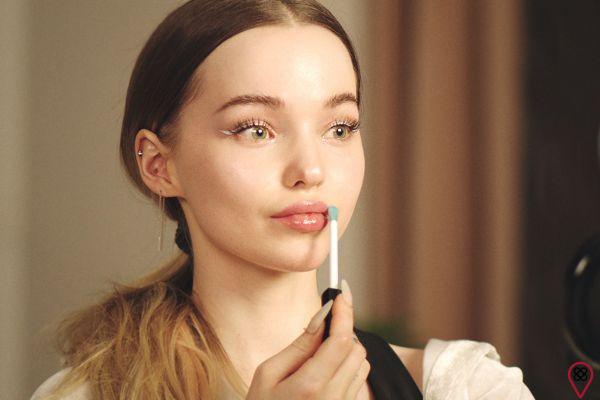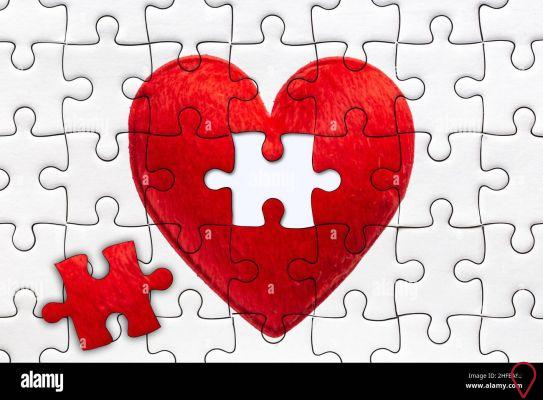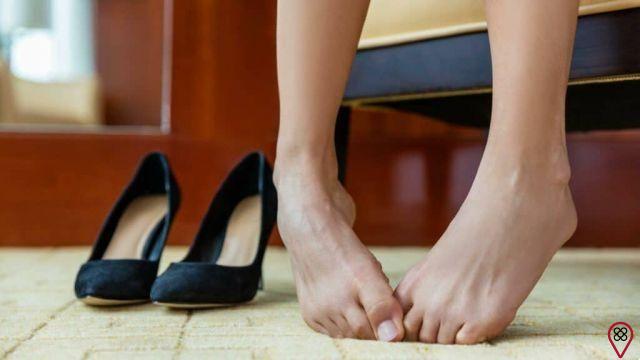
Social network and self-esteem. Those words match a lot, don't they? Would looking at attractive people on social media make our perception of our own bodies worse? This is revealed by several studies. By the way, Dove Cameron, an American actress and singer, spoke about how social media can negatively impact people's self-esteem.
The singer admitted that she suffers from body dysmorphic disorder. In this type of disorder, those who look in the mirror believe they have one or more imperfections. We will, throughout the text, explain more about this. Social networks convey non-existent beauty standards and cause people insecurity and low self-esteem, as well as problems with their own image. That's why the importance of having a keen eye to understand the growing phenomenon of how to look at the lives of others on the internet leads to comparisons between themselves and other people, undermining our self-esteem.
What is body dysmorphic disorder?
Dysmorphism, also known as body dysmorphia, is a psychological condition in which patients fixate on one or more features of their appearance, noticing imperfections or defects that to others seem minimal or non-existent.
Dysmorphia can affect anyone, but it is more common in teenagers and young people. It is important to understand that it is not about vanity: body dysmorphism is a mental illness that makes the patient perceive himself as imperfect by exaggerating the small details. It can be a distressing condition, causing additional mental health issues such as anxiety and depression.
But what can cause body dysmorphic disorder?
It is still unclear what causes body dysmorphic disorder. Research from the last 20 years suggests that a combination of biological, psychological and environmental factors are behind the disorder.
For example, a study by the Faculty of Medical Sciences of the State University of Rio de Janeiro (UERJ), carried out in 2012, showed that, among patients with BDD, 8% have a family member who was also diagnosed with the disease over the course of their lifetime. of life. The development of BDD is often associated with particularly stressful life events, such as violence, abuse, and trauma.
symptoms of dysmorphia
People who suffer from dysmorphia are often obsessed with their outward appearance, which can be expressed with them repeatedly looking at themselves in the mirror, taking care of their skin, and striving to correct the perceived imperfection. Typical symptoms include:
• Comparing your own appearance with that of others;
• Worrying about a specific part of your body: usually your face (eg nose, wrinkles, skin, acne etc.), hair, skin, genitals, breast size (usually in women) or the size of your muscles or muscle tone (usually in men);
• Do everything to cover perceived imperfections; for example: spending a lot of time choosing clothes, combing hair and putting on makeup;
• Thinking that other people are judging or making fun of your appearance;
• Avoid social situations;
• A strong belief that they are ugly or even deformed in some way;
• Continual search for reassurance from others about your appearance.
Dysmorphia can also cause other problems. It is often associated with anxiety, mood disorders — including depression — eating disorders, obsessive compulsive disorder (OCD), and substance abuse.
Dysmorphia and social media
When any small physical defect (eg, the shape of the nose, ears, or lips) makes us feel self-conscious and exaggerated; to the point of affecting our peace of mind; we should be alert because it could be a body dysmorphic disorder. And, unfortunately, social networks may have contributed to this. An example is the numerous 'filters' available for the user to use in the photos and, in this way, reduce any imperfection.
The constant bombardment on social networks about models or stereotypes of contemporary beauty has made, every day, many people reject their physical appearance. It is a reality that the development of applications that allow the modification of photographs brings a lot of relief to this generation of young people, by virtue of correcting and modifying, to their liking, those defects that they cannot bear.
Nowadays, meeting someone in person, after seeing a photo, can be a disconcerting reality. When any personal image is modified or edited, as it seeks the acceptance of a large number of people on social networks. This attitude plunges them into a parallel mental world, which, in the end, forces them to undergo surgeries and cosmetic treatments until they achieve the desired physical appearance, just like the one in the photo.
Dove Cameron and the aesthetic pressure
Emmy-winning actress Dove Cameron previously shared her struggle with mental health after suffering multiple personal tragedies. In 2017, the "Liv and Maddie" star tweeted that her father committed suicide when she was 15 and that she changed her name to honor him (her birth name is Chloe Celeste Hosterman).
In a publication on the social network Instagram, he posted an image crying and reflected on his identity, talking more about the relationship of aesthetics on social networks. The actress wrote about the difficulty of living worrying about her appearance, in addition to saying that, as she deals with the public, she ends up not being allowed to be who she is. This also shows how the filters used in social networks end up transforming people into perfect, without any defect.
Repercussion on the use of 'filters' in social networks
The publication had repercussions and gained prominence, causing more people to talk about it. In fact, the complexity of this disorder is so wide that the entities that regulate advertising call attention to models, actors or influential people not to exaggerate this type of technological filter. Because, first, what they show is not true, and second, they are contributing to the increase in OCD cases in a population aged between 15 and 30 years.
However, there are treatments to combat body dimorphic disorder, such as cognitive behavioral therapy, which is performed by a psychologist with the intention of helping the patient to determine and change his negative way of thinking. This relieves anxiety, for example, from constantly looking in the mirror; there are also other alternatives, such as physical activity or a relaxing hobby such as painting or singing.
You may also like
- A little about Body Dysmorphic Disorder (BDD)
- Are Instagram filters affecting our perception of self-image?
- body that speaks
- Does our body speak more than words?
- The social media beauty standard
The best mental and spiritual therapy is the one that helps us accept ourselves as we are. In the end, what really matters are our feelings, values and our upbringing. Nothing supersedes this, because it contains our essence. And here's the question for reflection: how much do you think social networks are already influencing the perception you have of yourself and your body?

























